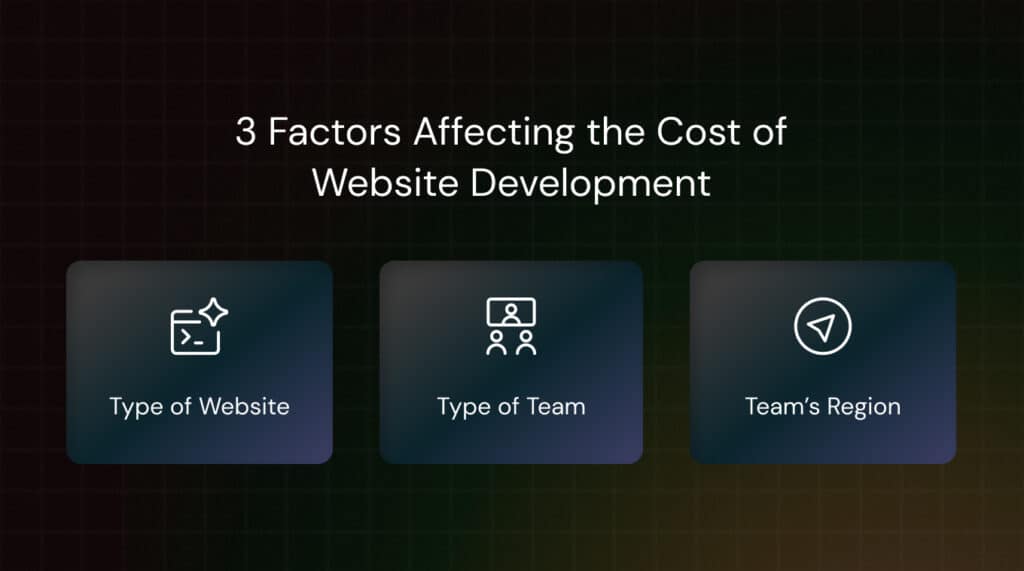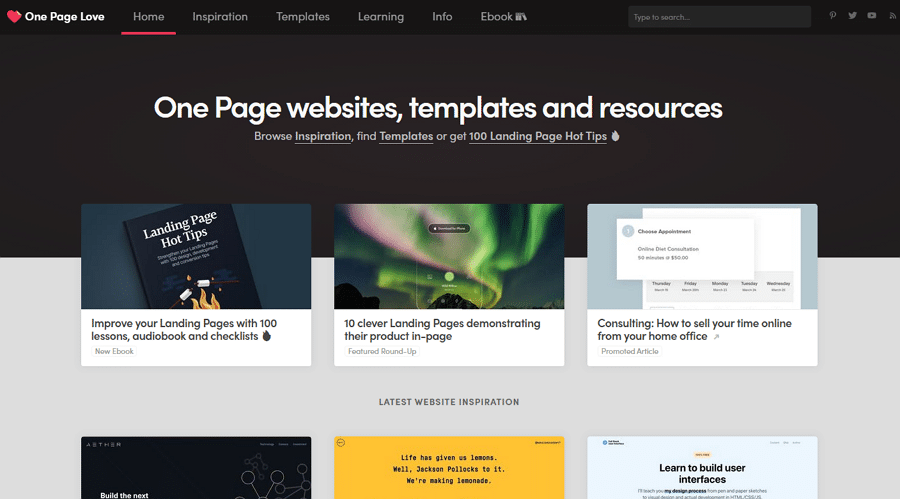What is Architecture Website Design?
Introduction
The process of designing visually beautiful and functioning websites suited specifically for architecture firms, individual architects, or associated industries is referred to as architecture website design. These websites highlight architects’ distinct style, projects, and services while also providing an interactive platform for connecting with potential clients, sharing portfolios, and promoting their brand.
The Importance of Architecture Website Design
Establishing an Online Presence
In today’s digital world, any business, including architecture firms, must have a strong online presence. A well-designed website acts as a virtual storefront, attracting customers from all around the world. It enables architects to display their work, demonstrate their competence, and leave an impact on visitors.
Showcasing Projects and Portfolio
The capacity to present past and current projects is a critical component of architecture website design. Images, films, and interactive galleries of high quality can successfully demonstrate the architect’s design talents and aesthetic sensibilities. This enables prospective clients to visualise the architect’s capabilities and assess whether their style matches their own vision.
Enhancing User Experience
User experience should be prioritised on architecture websites to ensure visitors can easily browse the site and obtain the information they require. A well-designed architectural website must have intuitive navigation menus, clear content organisation, and flexible design. Architects can leave a great impression on potential clients and inspire them to explore further by developing a seamless user experience.

Highlighting Services and Expertise
architectural websites should include detailed information about the architect’s or architectural firm’s services. This contains details about their design process, areas of speciality (such as residential, commercial, or sustainable architecture), and any distinguishing features. Communicating the architect’s abilities and specialities clearly helps potential clients realise how their services might benefit them.
Building Credibility and Trust
A professionally designed architecture website helps potential clients gain credibility and confidence. Aesthetically beautiful layouts, well-written content, and a visually unified corporate identity all add to the architect’s professionalism and attention to detail. Additionally, incorporating testimonials, accolades, and certificates might help to boost the architect’s or architectural firm’s reputation and credibility.
Key Features of Architecture Website Design
Visual Appeal
Website design should reflect the fact that architecture is a visually focused field. High-quality photos, films, and animations may attract visitors and successfully represent the architect’s design style. A visually appealing website includes clean and elegant layouts, balanced colour schemes, and careful typeface choices. https://www.dynamicwebdesign.com.au/our-services/website-design-companies-near-me/
Responsive Design
A flexible website is vital in an age where consumers access the internet through a variety of devices, including smartphones and tablets. Responsive design guarantees that the architectural website adapts and displays correctly on various screen sizes and resolutions, providing consumers with a consistent experience regardless of the device they use.
Easy Navigation
A well-designed architectural website should have simple navigation that allows visitors to swiftly and easily discover content. Menu architecture, breadcrumbs, and search functionality that are clear and logical can considerably improve the user experience. Architects should strive to reduce the number of clicks required to access vital content and provide visitors with multiple paths to explore the site.

Call-to-Action Elements
It is critical to include strategically positioned call-to-action (CTA) components to direct visitors to desired actions such as contacting the architect, seeking a consultation, or subscribing to a newsletter. CTAs with prominent buttons or forms, for example, stimulate user involvement and create leads for the architect or architecture firm.
Optimized Performance
Architecture websites should prioritise performance optimisation to create a fluid surfing experience. This includes things like shortening page load times, compressing pictures and multimedia files, and employing caching strategies. A fast-loading website enhances not only user satisfaction but also search engine rankings, boosting the possibilities of getting organic traffic.
Integration of Social Media
Integration of social media is an important part of architecture website design. Architects can use sites such as Instagram, Facebook, and LinkedIn to exhibit their work, interact with their audience, and broaden their reach. Integrating social networking buttons or feeds into the website makes it easy for users to connect with the architect’s social media pages and share material, enhancing visibility and brand exposure.
Search Engine Optimization (SEO)
Implementing SEO methods is critical for increasing a website’s exposure in search engine rankings. Architects can improve their chances of showing in relevant search queries by undertaking keyword analysis and optimising website content, meta tags, and URLs. When potential clients are actively looking for architectural expertise, a well-optimized website ensures that they may find the architect’s services.

Conclusion
Architecture website design is critical in the digital age for having a strong online presence and attracting potential clients. A well-designed website displays architectural projects, services and skills, and improves user experience. It establishes credibility and trust while also facilitating engagement and lead creation. Architects may develop a compelling online presence that stands out in the competitive field of architecture by adding visual appeal, responsive design, easy navigation, and other crucial characteristics. Adopting architecture website design is a must for architects and architectural businesses hoping to survive in today’s digital landscape. https://diversewebsitedesign.com.au/architect-website-design/





